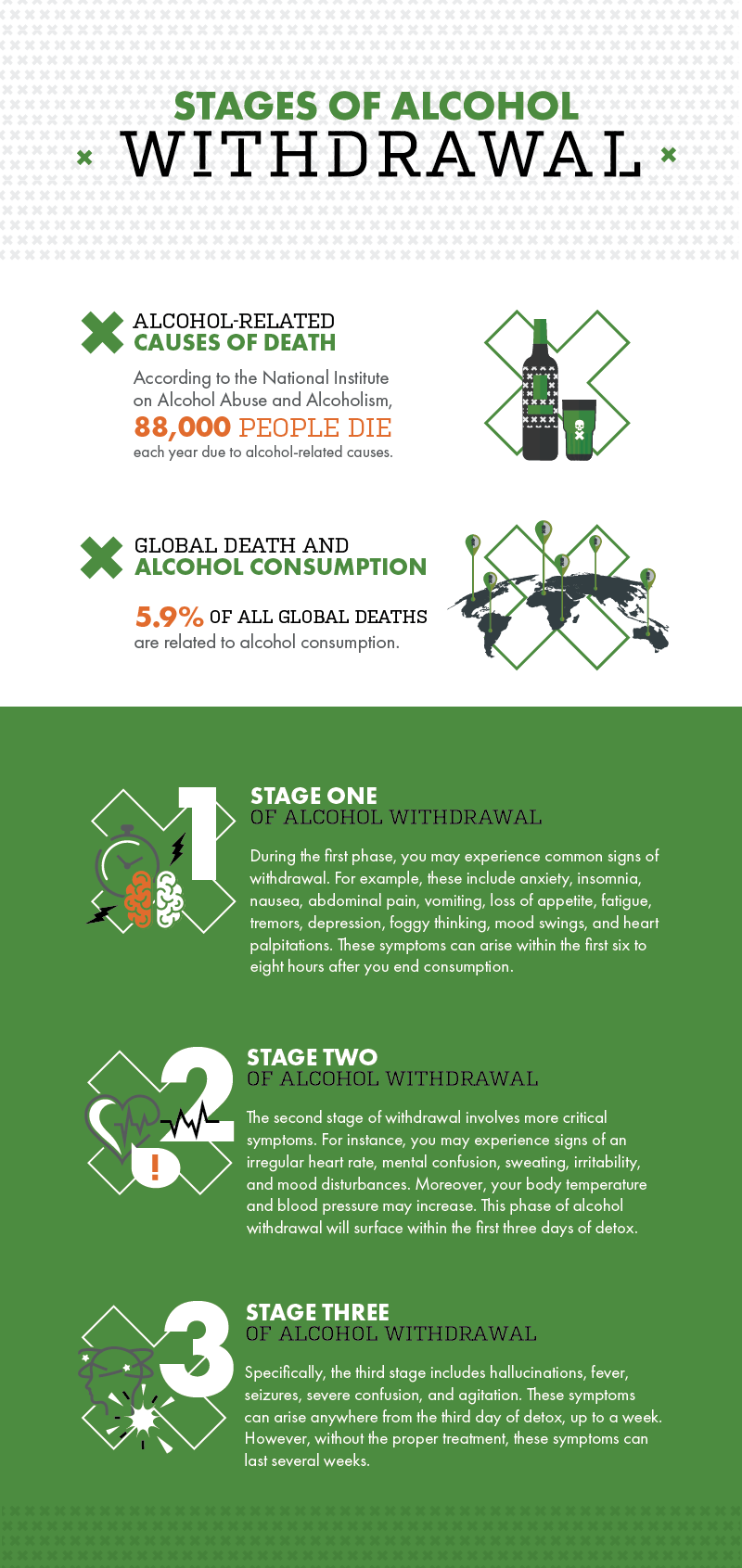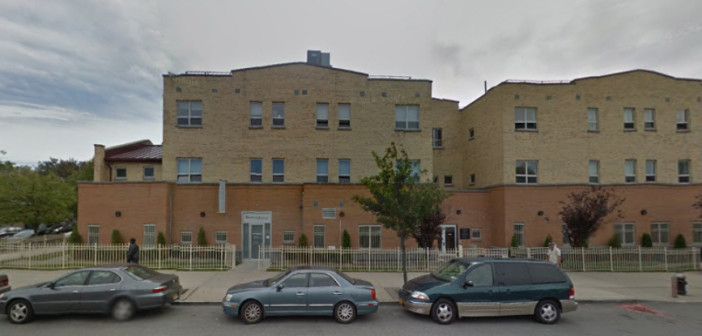The Basic Principles Of What Is The Treatment For Cocaine Addiction
Numerous types of programs use help in drug rehabilitation, consisting of: domestic treatment (in-patient/out-patient), local support groups, extended care centers, recovery or sober homes, dependency counselling, mental health, and medical care. Some rehabilitation centers deal age- and gender-specific programs. In an American survey of treatment suppliers from 3 different institutions (the National Association of Alcohol Addiction and Drug Abuse Counselors, Logical Healing Systems and the Society of Psychologists in Addicting Habits) determining the treatment company's actions on the Spiritual Belief Scale (a scale determining belief in the four spiritual attributes Twelve step programs determined by Ernest Kurtz); ball games were found to explain 41% of the variance in the treatment company's reactions on the Addiction Belief Scale (a scale measuring adherence to the illness model or the free-will model dependency).
The National Institute on Substance Abuse (NIDA) recommends cleansing followed by both medication (where suitable) and behavioral therapy, followed by relapse prevention. According to NIDA, reliable treatment must attend to medical and psychological health services in addition to follow-up choices, such as neighborhood or family-based healing assistance systems. Whatever the methodology, patient motivation is an important consider treatment success.
Medication like methadone and buprenorphine can be utilized to deal with addiction to prescription opiates, and behavioral treatments can be used to deal with addiction to prescription stimulants, benzodiazepines, and other drugs. Types of behavioral treatment include: Cognitive-behavioral therapy, which seeks to assist clients to recognize, avoid and handle circumstances in which they are probably to regression.
Motivational talking to, which is developed to increase patient motivation to change behavior and enter treatment. Inspirational rewards, which utilizes positive reinforcement to motivate abstinence from the addictive substance. EEG Biofeedback augmented treatment enhances abstaining rates of 12-step, faith-based and medically helped addiction for cocaine, methamphetamine, alcoholism and opioid addictions. Treatment can be a long procedure and the period depends on the client's needs and history of abuse.
Particular opioid medications such as methadone and more buprenorphine are extensively utilized to treat addiction and reliance on other opioids such as heroin, morphine or oxycodone. Methadone and buprenorphine are upkeep treatments planned to lower cravings for opiates, thus minimizing controlled substance usage, and the dangers associated with it, such as illness, arrest, imprisonment, and death, in line with the viewpoint of damage reduction.
All offered research studies collected in the 2005 Australian National Examination of Pharmacotherapies for Opioid Dependence suggest that upkeep treatment is preferable, with really high rates (79100%) of relapse within three months of cleansing from levo-- acetylmethadol (LAAM), buprenorphine, and methadone. According to the National Institute on Substance Abuse (NIDA), clients supported on sufficient, sustained doses of methadone or buprenorphine can keep their jobs, avoid criminal offense and violence, and lower their direct exposure to HIV and Liver Disease C by stopping or minimizing injection drug usage and drug-related high threat sexual behavior.
Getting The How Marijuana Legalization Is Affecting The Treatment Of Substance Abuse Addiction To Work

It is normally recommended in outpatient medical conditions. Naltrexone obstructs the euphoric effects of alcohol and opiates. Naltrexone cuts regression risk throughout the very first 3 months by about 36%. Nevertheless, it is far less effective in assisting clients keep abstaining or keeping them in the drug-treatment system (retention rates average 12% at 90 days for naltrexone, typical 57% at 90 days for buprenorphine, typical 61% at 90 days for methadone).
To date, there have never been any regulated studies revealing it to be effective, and it is not accepted as a treatment by physicians, pharmacists, or addictionologist. There have actually also been several deaths related to ibogaine usage, which triggers tachycardia and long QT syndrome. The drug is a prohibited Arrange I managed substance in the United States, and the foreign centers in which it is administered from tend to have little oversight, and range from motel rooms to one moderately-sized rehab center.
These medications consist of bupropion and nortriptyline. Bupropion hinders the re-uptake of nor-epinephrine and dopamine and has been FDA authorized for smoking cessation, while nortriptyline is a tricyclic antidepressant which has actually been used to aid in cigarette smoking cessation it has not been FDA approved for this indication. Acamprosate, disulfiram and topiramate (a novel anticonvulsant sulphonated sugar) are likewise utilized to deal with alcohol dependency.

Disulfiram (also called Antabuse) produces a very undesirable reaction when drinking alcohol that consists of flushing, nausea and palpitations. It is more reliable for patients with high motivation and some addicts utilize it only for high-risk situations. Addiction Treatment Center Patients who want to continue drinking or might be likely to relapse must not take disulfiram as it can lead to the disulfiram-alcohol response mentioned formerly, which is really major and can even be deadly.
Compound abusers likewise often use the gas as an inhalant. Like all other inhalants, it's popular because it offers consciousness-altering impacts while permitting users to prevent a few of the legal concerns surrounding illegal or controlled substances of abuse. Abuse of nitrous oxide can produce considerable short-term and long-lasting damage to human health, including a form of oxygen starvation called hypoxia, mental retardation, and a serious vitamin B12 shortage that can result in nerve damage.
In-patient domestic treatment for alcoholic abuse is generally rather expensive without proper insurance coverage. Most American programs follow a 2830 day program length. The length is based exclusively upon companies' experience. Throughout the 1940s, customers stayed about one week to overcome the physical modifications, another week to comprehend the program, and another week or more to become steady.
What Are The Responsibilites Of Clinical In Addiction Treatment for Dummies
These consist of, however are not restricted to AA, Narcotics Anonymous, Drug Anonymous and Al-Anon. One recent research study recommends the importance of family involvement in property treatment patient retention, finding "increased program completion rate for those with a member of the family or loved one included in a seven-day household program". Clients with serious opioid addiction are being provided brain implants to assist lower their cravings, in the very first trial of Homepage its kind in the US.
Surgical treatment follows with physicians making a little hole in the skull in order to place a tiny 1mm electrode in the specific area of the brain that regulates impulses such as dependency and self-control. This treatment is for those who have actually stopped working every other treatment, whether that is medication, behavior modification, social interventions.
The definition of recovery stays divided and subjective in drug rehab, as there are no set standards for measuring healing. The Betty Ford Institute defined recovery as achieving complete abstinence as well as personal wellness while other studies have actually considered "near abstinence" as a definition. The vast array of meanings has actually complicated the process of choosing rehab programs. where do people in grand forks go for addiction treatment?.
Individuals founded guilty of minor drug offenses might be sentenced to rehabilitation rather of jail, and those founded guilty of driving while inebriated are sometimes required to participate in Alcoholics Anonymous conferences. There are a great number of methods to attend to an alternative sentence in a drug possession or DUI case; increasingly, American courts are prepared to explore outside-the-box http://tammon9b5b.nation2.com/the-definitive-guide-to-how-effective-is-the-addic approaches for providing this service.
